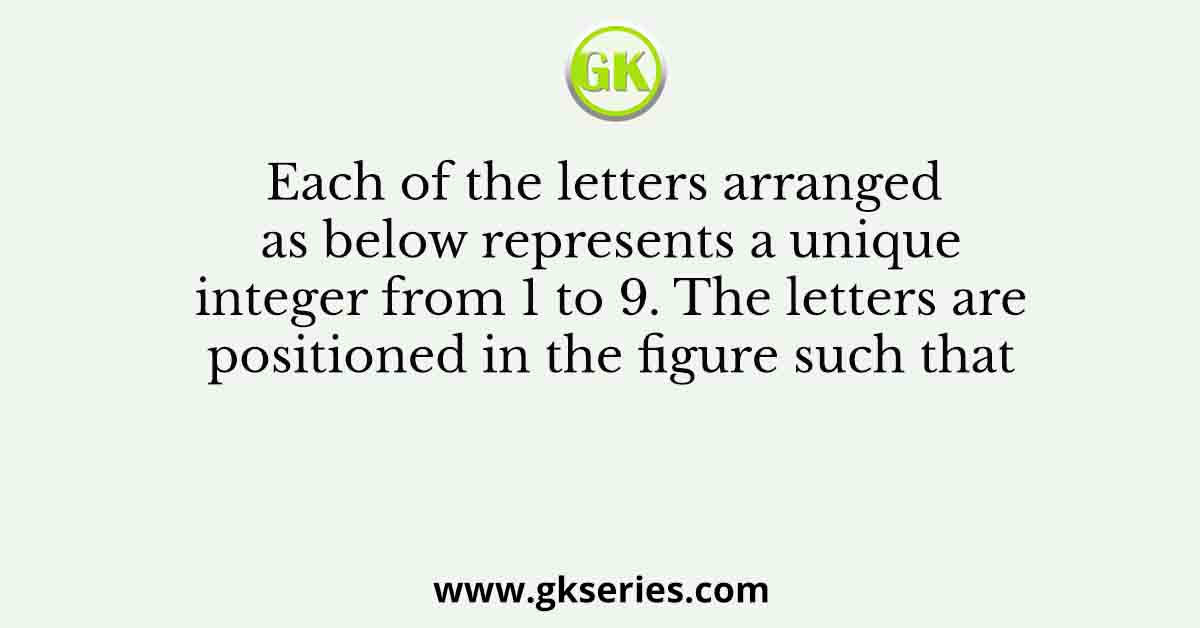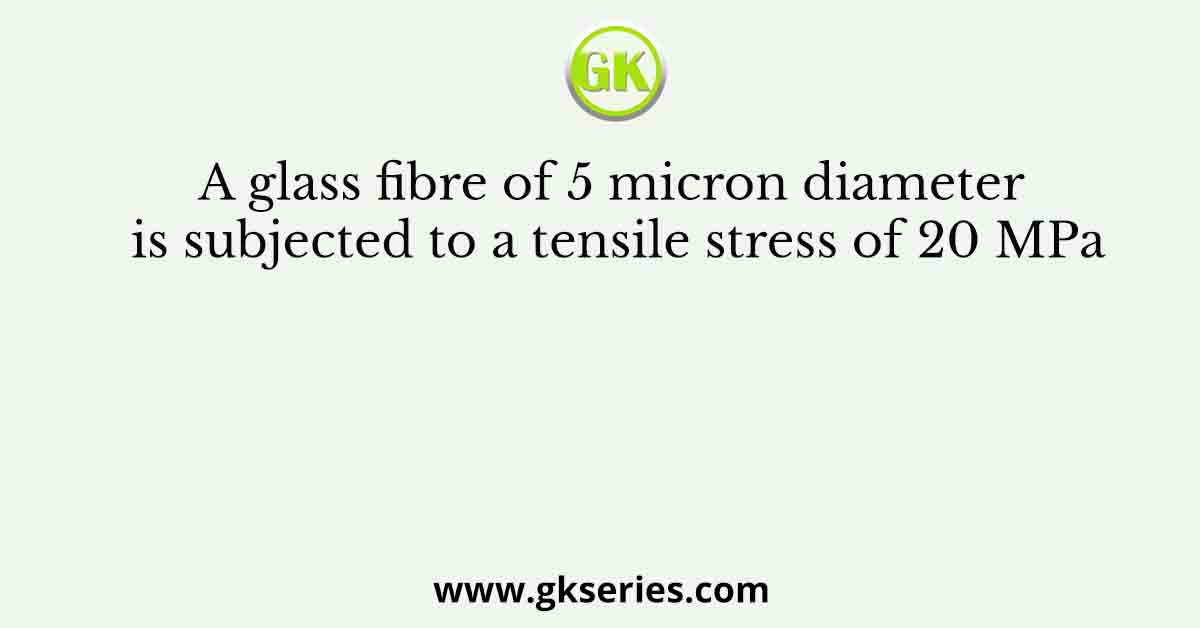
Q. Each of the letters arranged as below represents a unique integer from 1 to 9. The letters are positioned in the figure such that (A × B × C), (B × G × E) and (D × E × F) are equal. Which integer among the following choices cannot be represented by the letters A, B, C, D, E, F or G?
| A | D | |
| B | G | E |
| C | F |
(A) 4 (B) 5 (C) 6 (D) 9
Ans: 5
Sol:
Among the given options, only 5 is a prime number.
Thus, if any of A, B, C, D, E, F or G represents 5,
then (A × B × C) = (B × G × E) = (D × E × F) = multiple of 5.
This would imply at least two letters represent 5, which is not possible due to the unique representation by the letters.
Hence 5 cannot be represented by the letters A, B, C, D, E, F and G.



![Determine the correctness (or otherwise) of the following Assertion [A] and the Reason [R]](https://www.gkseries.com/blog/wp-content/uploads/2023/10/Determine-the-correctness-or-otherwise-of-the-following-Assertion-A-and-the-Reason-R.jpg)
